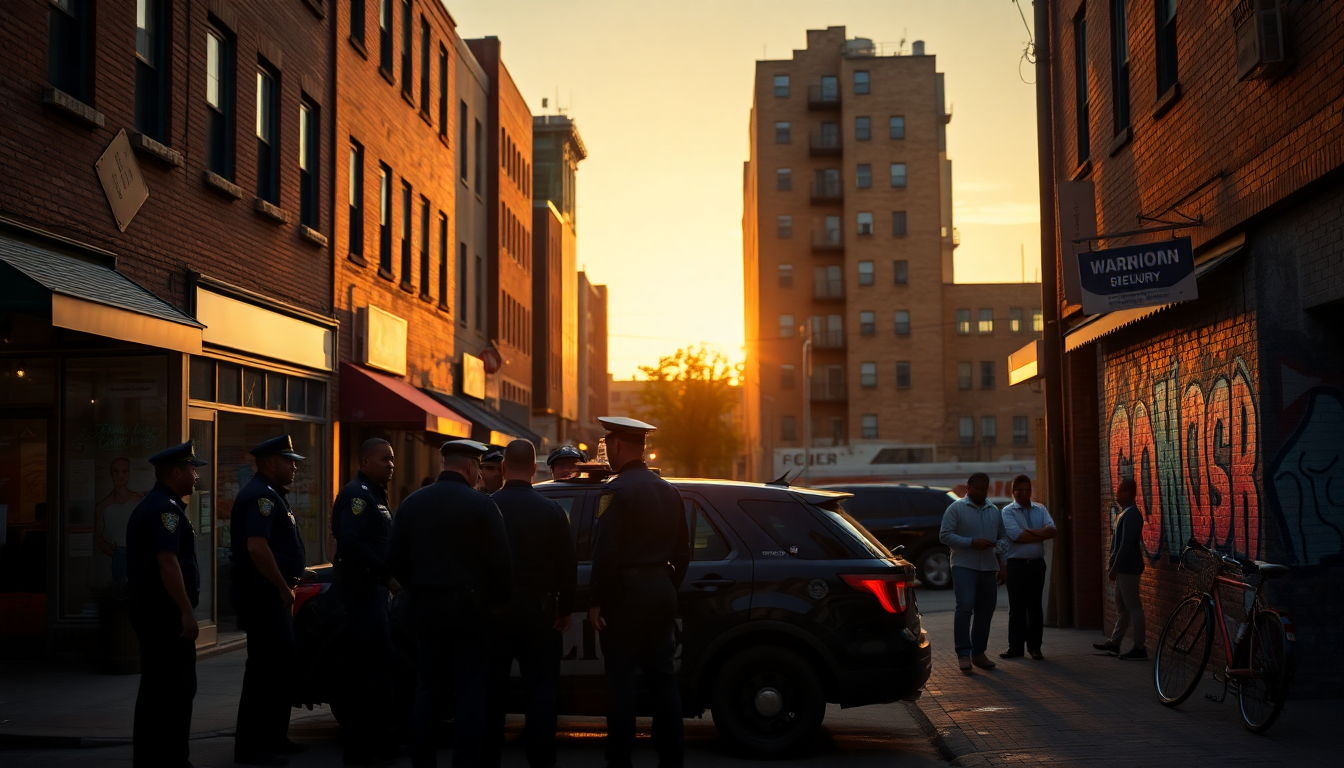Table of Contents
In recent years, urban areas across the United States have faced a complex relationship between crime rates and government responses. You might have noticed incidents of violence, like attempted carjackings and assaults, that not only shake the foundation of communities but also spark significant discussions about public safety. The challenges that law enforcement and the legal system encounter when dealing with juvenile crime highlight the intricacies of urban management and the urgent need for effective intervention strategies.
The Landscape of Urban Crime
Urban crime is a multifaceted issue, touching on various forms of violence, theft, and disorder. Take the recent case in Washington, D.C., where two teenagers were charged with attempted carjacking. This incident illustrates the hurdles cities face when tackling juvenile crime. When violent confrontations occur—like the brutal beating of a former government staffer—they draw public scrutiny and raise crucial questions about safety and the efficacy of the juvenile justice system. How can we ensure that our communities feel secure?
Statistics reveal a troubling rise in crime rates across several metropolitan areas, pushing local and federal authorities to rethink their strategies. For instance, the deployment of the U.S. National Guard in response to protests against immigration raids in Los Angeles highlights the lengths to which governments will go to maintain order. When violence erupts, the public often clamors for stricter measures, reflecting a growing concern for personal safety and community stability. But is more enforcement the answer?
The fallout from these crimes extends far beyond immediate victims; it impacts the overall perception of safety in urban neighborhoods, influencing everything from local businesses to real estate values. That’s why policymakers are under pressure to craft comprehensive strategies that not only deal with the symptoms of crime but also address its root causes. What innovative solutions can we explore to tackle these challenges?
The Role of Government and Law Enforcement
Government officials aren’t just bystanders; they’re increasingly in the hot seat, facing criticism for how they handle crime. Recent remarks from public figures about law enforcement practices underscore a wider debate about the balance between community safety and civil liberties. The decision to release the teenagers involved in the carjacking under lighter restrictions has ignited discussions on whether current juvenile justice policies are adequate. What do you think about the effectiveness of our justice system?
In a climate where crime rates are under constant scrutiny, the role of law enforcement becomes crucial. Reports from the Metropolitan Police Department show a drop in homicide rates following an increased federal presence, suggesting that a coordinated approach can make a difference. This strategy not only aims to deter crime but also seeks to restore public confidence in the ability of authorities to maintain order. How can we further strengthen this trust?
Moreover, the political fallout from crime management is significant. Public statements from influential figures often make crime a central issue during electoral campaigns. With safety at the forefront of voters’ minds, this emphasis on law and order shapes policy decisions at both local and national levels. The ongoing discourse surrounding crime reflects a broader societal struggle to balance the need for security with the principles of justice and rehabilitation. Are we striking the right balance?
Looking Ahead: Trends and Forecasts
The future of urban crime management is poised to evolve as cities adjust to changing demographics, economic conditions, and social dynamics. Understanding crime trends and evaluating government responses will be essential for developing sustainable strategies that ensure public safety. As communities face the implications of crime, it’s vital for authorities to engage in proactive measures that address both immediate issues and the root causes of violence. What proactive steps can we take to foster safer environments?
Long-term forecasts indicate that collaboration among community stakeholders, law enforcement, and policymakers will be critical. Initiatives aimed at youth engagement and crime prevention can help reduce the risks associated with juvenile delinquency. By nurturing a sense of community and creating opportunities for at-risk youth, cities can work towards lowering crime rates and boosting public safety. Could these initiatives be the key to a brighter future?
As we navigate the complexities of urban crime and governance, it’s clear that ongoing vigilance and innovative strategies will be essential for building safer, more resilient communities. The interplay between crime, governance, and community response will remain a vital area for analysis and action in the years ahead. How can we all contribute to this important dialogue?


